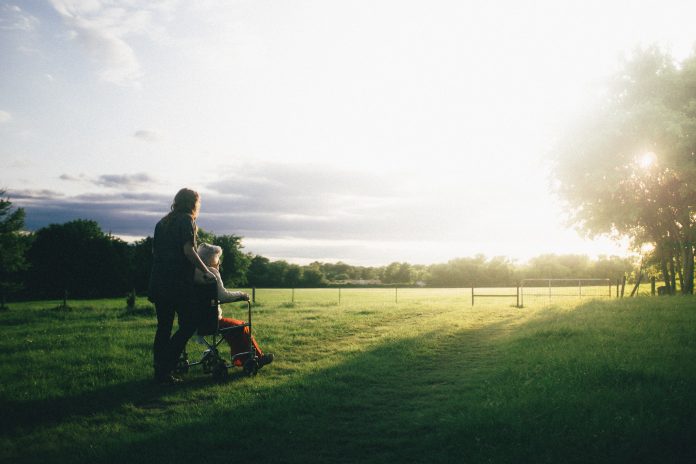Bedsores or pressure ulcers are skin injuries resulting from pressure on the skin for an extended period.
They can develop on the tailbone, hips, ankles, and heels and are often challenging to treat. Treatment typically consists of cleaning and dressing the wound alongside frequently changing position.
However, surgery can be a recommended treatment option in severe cases. Despite bedsores being preventable, they are common in nursing homes. The following causes can often play a part in their frequency.
Nursing Home Neglect
We expect nursing homes to care for our aging and unwell loved ones.
However, since lawyers frequently take on stage 4 bedsore lawsuits, we know that’s not always the case. Nursing home neglect is more prevalent than many people realize.
Neglect happens when nursing homes don’t provide appropriate care, resulting in harm. In many cases, bedsores arise when employees don’t take reasonable care when moving or repositioning residents. Sometimes, even malnourishment plays a part. All these reasons can fall into the nursing home neglect category.
Pressure
Pressure is undoubtedly one of the most common causes of bedsores in nursing homes. This means a care home or assisted living resident is lying down or sitting in the same position for too long. When this happens, the skin between the bone and a surface can become compressed. Blood flow then decreases or stops, depriving skin tissue of oxygen and nutrients.
In most cases, areas of the body with the least fat and muscle are more susceptible to bedsores, such as the tailbone, heels, ankles, hips, and spine. It’s also not uncommon to see them on elbows, shoulder blades, and toes.
Skin can die in just a few hours without blood flow to these areas. Damage resulting from skin death can then cause further damage to deeper tissue layers. According to research into our current understanding and newer treatment modalities for pressure ulcers, ‘the present treatment options include various approaches of cleaning the wound, debridement, optimized dressings, role of antibiotics and reconstructive surgery.’
Nutritional Conditions
If patients are suffering from anemia, hypoproteinemia, or malnutrition, bedsores might be more likely. These conditions can slow down wound healing and potentially increase the prevalence of bedsores in the first place.
One study exploring the association between malnutrition and bed sores in the elderly in long-term care facilities found a link between nutritional status and pressure ulcer prevalence. The recommendation is for care facilities to ‘correctly evaluate the presence of malnutrition in patients at risk of pressure ulcers.’
Friction
Senior care residents often have fragile skin that is vulnerable to injury. As a result, friction can lead to damaged blood vessels that stop vital nutrients like oxygen from getting to the skin. Something as innocent as sheet folds or crumbs can result in painful, serious, and even life-threatening bed sores.
Fortunately, care home workers can prevent friction-related bedsores. Not using mattress pads or multiple bed sheets and ensuring residents wear comfortable clothing and footwear might help. Absorbing moisture from damp bed sheets with cornstarch baby powder may also be an effective preventative measure.
Health Conditions
Sometimes, pre-existing health conditions like diabetes can put some care home residents at a higher risk of bedsores. Diabetes can be linked to impaired wound healing, making it harder for individuals to fight off and heal from bedsores. Cancer, cerebral palsy, dementia, and chronic venous insufficiency may also increase the risks.
A range of things can cause bedsores in nursing homes, such as health and nutritional conditions, friction, pressure, and neglect. Repositioning, providing soft padding, and excellent skin care might help residents feel more comfortable and reduce their bed sore risk.
Image from Unsplash by Dominik Lange
Any Web sites linked from Medical News Bulletin site are created by organizations outside of Medical News Bulletin and are the sole responsibility of those organizations. These links are strictly provided by Medical News Bulletin as a convenience to you for additional information only. Medical News Bulletin does not approve or endorse the content on any third-party Web sites and is not responsible for the content of linked third-party sites or third-party advertisements, as well as does not make any representations regarding their content or accuracy. Your use of third-party web sites is at your own risk and subject to the terms and conditions of use as per such sites policies. Medical News Bulletin does not provide specific medical advice, diagnosis or treatment and hereby disclaims any assumption of any of the obligations, claims or liabilities..



